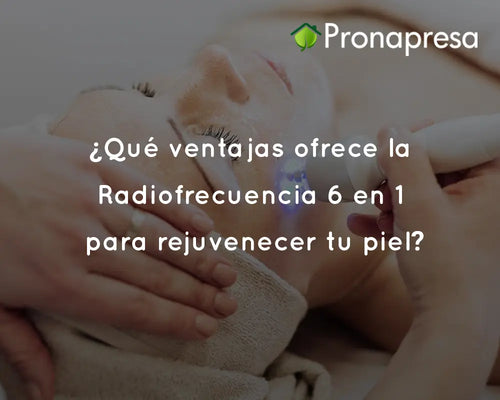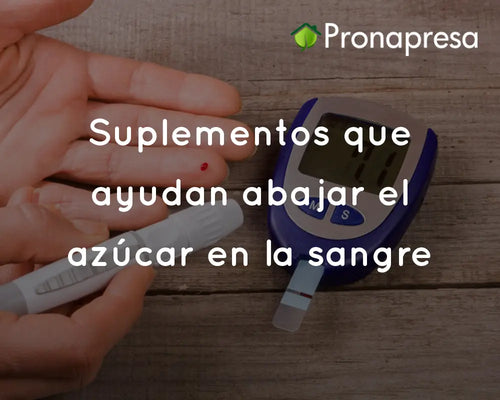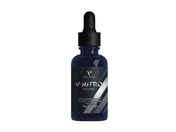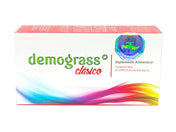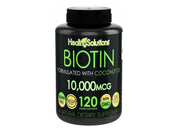
Vitamin D, also known as the "sunshine vitamin," is produced by our bodies when we expose our skin to sunlight. UVB rays play a key role in this process because they reach the cholesterol present in the skin, activating the process of vitamin D synthesis. However, for this to happen, we must sunbathe in a certain way and for an appropriate period of time.
Contrary to what is often recommended to avoid sunburn, the best time to sunbathe to promote vitamin D synthesis is around midday. In fact, a study focused on defining the best time of day to sunbathe to increase vitamin D levels found that during the middle of the day, solar radiation is most effective and allows for optimal vitamin D levels.
It's important to keep in mind that other factors can influence the best time to sunbathe and the duration of exposure. The season, geographic location, and skin color also play an important role in determining this.
How long is it advisable to sunbathe?
The general recommendation is 20 minutes of sunlight to promote vitamin D production. Taking 20 minutes as a guideline is a good idea, but it should be adapted according to individual situations and needs, possibly in consultation with a healthcare professional.
Remember that using sunscreen and following other protective measures helps prevent the harmful effects of the sun. During sun exposure, remember to stay hydrated, especially on hot days. Drinking water and alternating sun exposure with swimming or swimming in the sea contributes to the health of your skin and prevents heat exhaustion and dehydration.



















